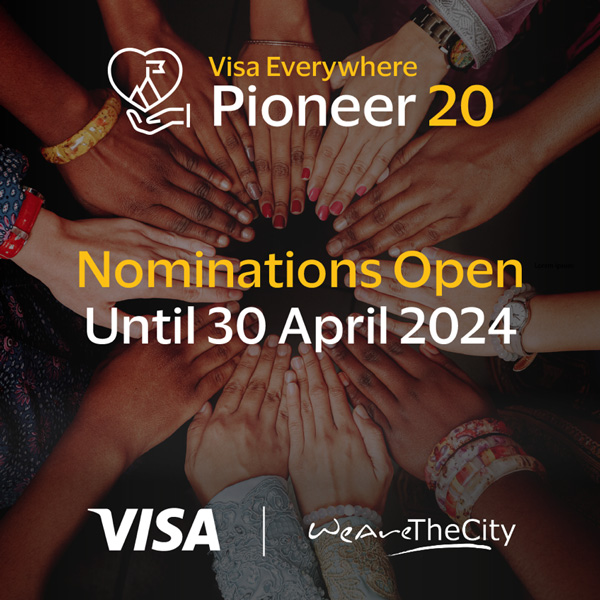Article provided by poet Blake Auden
 I’ve been writing poetry most of my adult life, but in recent months, I’ve been focusing heavily on building a career – and an audience – for my work online.
I’ve been writing poetry most of my adult life, but in recent months, I’ve been focusing heavily on building a career – and an audience – for my work online.
18 months ago, I set up an Instagram account to promote my writing, with the goal of publishing a book and, hopefully, selling my work via my website.
Today, I have over 115,000 followers on Instagram, my first book has sold out repeatedly, and I’m about to release my new poetry collection, Beekeeper. While this kind of growth is absolutely possible for any creative professional looking to build their career, it can be overwhelming trying to figure out where to start. There are a wealth of platforms, promotional tools, networks and advertising options available to you, and they all come with their own time commitments, drawbacks and benefits.
So, to help other creatives get ahead with their digital promotion, I’ve put together some quick tips to help you promote your work online.
Take advantage of social media
There’s no getting around it. If you want to build an audience and sell or promote your work, you need a well-maintained social media presence. Which platform(s) you opt for will depend on the type of work you’re creating, as well as your target audience. For example, if you’re a designer, you’ll likely want to opt for Instagram and Facebook, as well as sites like Behance and Dribbble. If you’re a non-fiction writer, Twitter and LinkedIn may be a better fit.
It’s worth researching into your audience and your contemporaries to see where the most vibrant communities are, building your presence on these networks. I could write another post about how to build your social media presence, but in short, post your best work, publish regularly, engage with the community and try and reply to everyone who reaches out to you.
Have your own website, or portfolio
If social media is where you build your audience, your website is where you want to direct them. I strongly recommend having your own website and domain, rather than hosting a site on a third-party service. Don’t worry if you’re not a web designer, or even have particularly strong digital skills. Services like Squarespace make building an impressive looking website extremely easy, and they will also take care of the domain registration, email and make it easy to add ecommerce functionality. It’s not free, but it’s well worth spending the money.
If you really can’t (or don’t want to) build your own site, you can make use of one of the many portfolio sites for your main web presence. Whatever kind of art you produce, sites like Dribbble, Behance, Adobe Portfolio and Fabrik will have a way for you to showcase your work.
Make sure people can buy your work
Assuming you want to make a living from your creative work, you’ll need to make sure fans can buy it. Whether you’re selling paintings, photography, books, prints or even digital products, make it as easy as possible for people to buy from you.
If you have your own website, this is a great place to house your shop. But if you don’t want to deal with payments and integrating ecommerce functionality, you can use a third-party service such as Etsy, Big Cartel or even eBay. Some sites, such as Red Bubble and Society6, allow you to sell merchandise using your own artwork, without you ever having to deal with creating, packing or shipping the physical products. You’ll make a lot less money from each sale, but it’s a good option if you don’t want to deal with logistics and fulfilment.
Collaborate
Once your audience has a way to find you, connect with your work and buy from you, you’ll want to start growing your overall profile. A great way to do this is to collaborate with other artists, particularly those from a different field.
In my own case, collaborations haven’t made sense, as my work is so intensely personal. But for the majority of creatives, working with a designer, a musician, a photographer or a painter could help you connect with their audience (and vice versa), and help you to produce new, innovative work.
Try creating a list of artists you’d love to work with and start reaching out to them. Bear in mind, if you have a small social following, you’re unlikely to secure collaborations with much more prominent artists as a general rule. Of course, if you’re an exceptional artist you may have more luck, but generally you’ll want to aim for people of a similar profile. You need to think about what you can offer other artists as an incentive to work with you, whether that’s the quality of your work, something you can do for them, contacts you have or access to your audience.
Paid promotion and advertising
If you really want to grow your profile online, you can’t entirely ignore paid promotion. Whether that’s Facebook or Instagram ads, paid search, tradition advertising or influencer marketing.
Social ads can be particularly effective for growing your social accounts and making sales, and can be run on relatively small budgets. If you’re not familiar with writing and running social ads, you can take on a specialist to do it for you, or there are scores of free and premium resources available online to learn the craft.
I would particularly recommend you consider influencer marketing; especially if social growth is an important part of your long-term strategy. Whether you’re looking at micro influencers, community pages or celebrities, putting your profits back into influencer marketing can see a sharp rise in your following and your overall sales. For creatives, community pages can be particularly valuable, and are often not too expensive.
I would recommend trying a range of approaches to paid promotion with fairly small budgets. Once you get an idea of what’s working, or which avenues are providing the best ROI (return on investment), you can begin to scale up as appropriate.
Guest blogging
If you have expertise in a certain area (which you almost certainly will as a creative professional), consider writing guest content for popular blogs in your niche. Make a list of both big and smaller sites in your industry, particularly those who share your target audience, and start reaching out to them offering to write a blog post that might interest their readers.
You will need some persistence and determination to make this approach work as a long-term strategy, but it can be incredibly effective in reaching new fans, growing your profile and, ultimately, selling your work.
Appearing as a guest contributor on well-known sites will not only increase your overall profile, but it will help establish you as an expert voice in your niche. It can also lead to opportunities you probably wouldn’t come across otherwise, including interview requests, collaborations, even enquiries from agents or publishers. It can also lead to speaking opportunities and new commissions, making it a viable and important part of your marketing strategy.
Real world promotion
While online growth will likely be the main focus of your marketing, you shouldn’t overlook the value of real-world promotion and events. Not only will this help you grow your profile and make sales, but it will usually lead to a small boost in your online profile.
For example, if you exhibit your work, play a gig, give a speech or reading or appear on traditional media outlets, the people you reach are likely to follow you online and/or visit your website. You can also leverage your real-world marketing into new digital opportunities, particularly if you appear on TV, radio or in newspapers and magazines.
 About the author
About the author
Blake Auden is a poet and writer based in Brighton, UK. His books are available via BlakeAuden.com, and you can follow him on Instagram @blakeaudenpoetry.
Are you an entrepreneur or looking to start your own business? We’ve got hundreds of articles on learning entrepreneurial skills, how to become your own boss, marketing your products and managing your own team. You can find more of our entrepreneurial articles here.








